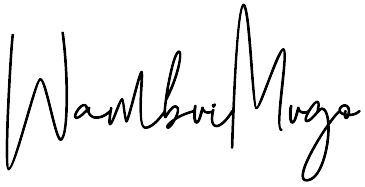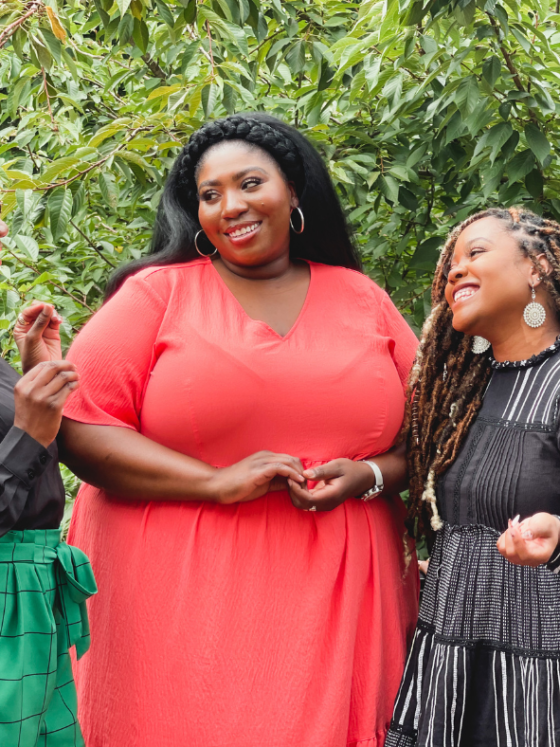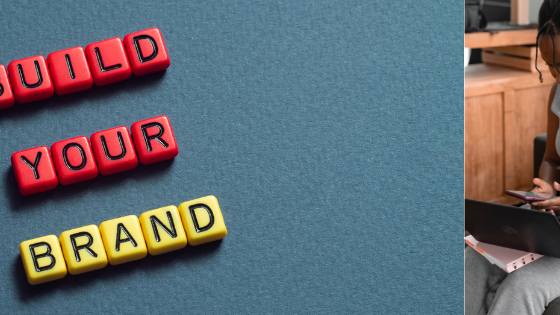8 Ways that Make Your Newsletter Stand Out

In a world where inboxes are overflowing, how do you ensure your newsletter gets the attention it deserves?
Newsletters aren’t just a way to deliver updates—they are the heartbeat of your brand, the embodiment of your voice and personality, and the bridge that connects you directly with your audience.
You already know all this from your own experience of receiving newsletters. Think of the ones you open and read regularly. Chances are they are often engaging, inspiring, and have helpful content that draws you in —right?
And let’s not forget, for every dollar spent on email marketing, your ROI is $36. By 2025, the number of email readers is expected to get to 4.6 billion daily.
So how do you make YOUR newsletters just as captivating?
Here’s your step-by-step guide to making newsletters that get opened, read, and convert your readers to paying customers.
But first things first.
What is a Newsletter?
Think of a newsletter as a regular email update that provides valuable content. It’s a useful tool to promote your services, share tips, and keep clients in the loop about your latest work. It typically includes news, updates, and useful information to keep the audience informed.
What are the Benefits of a Newsletter?
Builds Awareness for Your Brand
According to this report, 60% of consumers prefer to be contacted by brands through email.
A newsletter helps you give a broader picture of who you are to your audience, unlike advertisements that offer limited knowledge.
Boosts Customer Engagement
A newsletter keeps your brand top-of-mind to your audience. According to recent email marketing data, newsletters have an open rate of 22% higher than social media comparisons.
When you provide valuable and exclusive content you turn passive readers into active participants in your brand’s journey.
Positions You as an Industry Leader
Sharing with your subscribers personalized, valuable content establishes you as an authority in your field.
Share a weekly newsletter and ask current clients to refer people to it.
Get More Sales
A newsletter is a great way to achieve more sales by sharing updates about new products, special offers, and important news directly with your audience.
This encourages them to make purchases, leading to more sales.
60% of consumers say they’ve purchased as a result of a marketing email they received.
Collect Valuable Data
Newsletters help you collect data by tracking how people interact with the emails you send. For example, when someone opens your newsletter, clicks on a link, or signs up for an offer, you can see that information.
This data helps you understand what your audience likes, what interests them, and how you can improve your products or services
Effective SEO Strategy
A newsletter boosts your keyword presence and drives traffic to your site with clickable links, which improves your SEO and helps your content rank higher on search engines. Keep a list of key phrases and links handy for all your content, from social posts to articles, to drive traffic to your site and attract more visitors.
How To Create a Catchy Newsletter
1. Start with a Story
Think of your newsletter as a casual chat with a friend over coffee. Instead of jumping straight into the facts, you start with a story—maybe about a funny mishap or a recent win. This draws them in, right?
Your newsletter should do the same. Open with a story—something that grabs attention and sets the tone. It could be a personal anecdote, a customer success story, or even a lesson learned from a recent experience.
If you’re a freelance writer, you might start with a story about a challenging project and how you navigated it.
Stories humanize your content, making it relatable and memorable.
2. Personalize Your Content
No one likes to feel like just another email address on a list. Remember the last time you received a message that felt like it was written just for you? That’s the magic of personalization.

Go beyond using first names.
Segment your audience and tailor content to their specific needs and interests.
If you’re a freelance graphic designer, send tailored content to clients interested in branding and different content to those focused on web design.
This shows you understand their needs and care about delivering relevant information.
Emails with personalized subject lines are 50% more likely to be opened. Targeted email campaigns can boost your revenue by up to 760%!
3. Craft Compelling Subject Lines
Your subject line is your first impression, so make it count. It needs to grab attention immediately. Think of it like a teaser for what’s inside.
Use numbers (e.g., “5 Tips for…”), curiosity (e.g., “The secret to…”), urgency, or even humor to entice your readers to open your email.
Example: A subject line like “Why Your Last Email Didn’t Get Opened—And How to Fix It” is likely to catch a freelancer’s eye, encouraging them to dive into your content for the solution.
An industry report shows that 47% of people open emails based solely on the subject line. However, 69% will flag it as spam if the subject line doesn’t seem right.
4. Keep It Visually Appealing
Nobody enjoys reading a massive block of text.
Imagine opening a newsletter and seeing paragraphs stacked on top of each other—overwhelming, right?
Now, picture one that’s broken up with images, bullet points, and clean formatting. Which one are you more likely to read?
Break up your content with images, white space, bullet points, and clear sections. Visual elements not only make your newsletter more attractive but also help your readers retain information.
Consider adding relevant images, infographics, or even short video clips that complement your message.
Example: A freelance photographer could showcase recent work within the newsletter, using high-quality images to illustrate tips on lighting or composition.
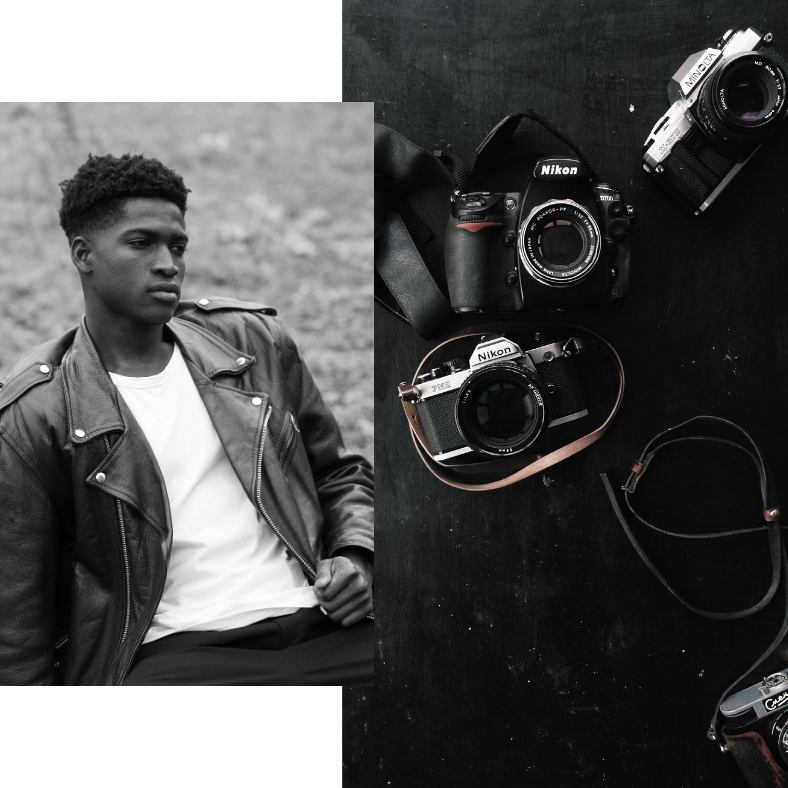
5. Make It Easy to Read
Clarity is key.
84% of consumers say being treated like a person, not a number is very important to winning their business.
Use short sentences, simple language, and a conversational tone. Your readers should be able to scan your newsletter quickly and easily find the information that’s most relevant to them.
Avoid jargon and keep the content light, informative, and engaging. Most audiences skim through newsletters to find out content that is relevant to them. A good newsletter answers your audience’s wants.
Example: If you’re advising on client communication, break it down into bite-sized tips, such as “Start with a warm greeting,” “Be clear and concise,” and “Always end on a positive note.”
6. Include a Clear Call to Action
What’s the goal of your newsletter?
Your newsletter MUST serve a business purpose.
Whether it’s driving traffic to your blog, encouraging sign-ups for a course, or simply keeping your audience engaged, make sure your call to action (CTA) is clear and compelling.
Make sure readers know exactly what they’ll get and how it will help them when they click. Guide your readers on what to do next by focusing on one main CTA that you want your subscribers to follow. Any other CTAs can be ‘in-case-you-have-time’ secondary options.
7. Include Third-party Content
Think your newsletter always needs to focus on you? Think again!
Add valuable insights from industry experts and influencers to enrich your content and align your brand with trusted voices. This can significantly boost your credibility.
A great way to do this is by featuring quotes, tweets, and links to the work of these thought leaders.
It adds a new dimension to your newsletter, showing your audience that you’re connected with the best in the business. Plus, you never know—you might spark some fantastic new connections along the way!
8. Test, Test, Test
Your newsletter is a work in progress. What works today might not work tomorrow, so you have to keep testing to find out what works for you and your subscriber list.
Use A/B testing to experiment with different subject lines, formats, and sending times and devices.
41% of emails are viewed on mobile devices. Ensure your email design is optimized for mobile.
Analyze the results to understand what resonates best with your audience, and develop a secret sauce that you can use accordingly.
You might find that newsletters sent on Tuesday mornings have higher open rates than those sent on Fridays. Or, you might discover that a humorous tone in your subject lines leads to better engagement.
Conclusion
Creating a standout newsletter is based on continuously refining your approach.
A great strategy to begin with is to always ensure that you have personalized content, keep things visually appealing, segment your audience, and create automated flows that do not break the customer experience.
Doing this will ensure your newsletters not only get opened but also get read and acted upon. Don’t let your newsletters get lost in the inbox!
Curious to learn more about newsletters? Explore our comprehensive courses on email marketing at the Freelance Mastery Hub to elevate your freelancing game even more!
